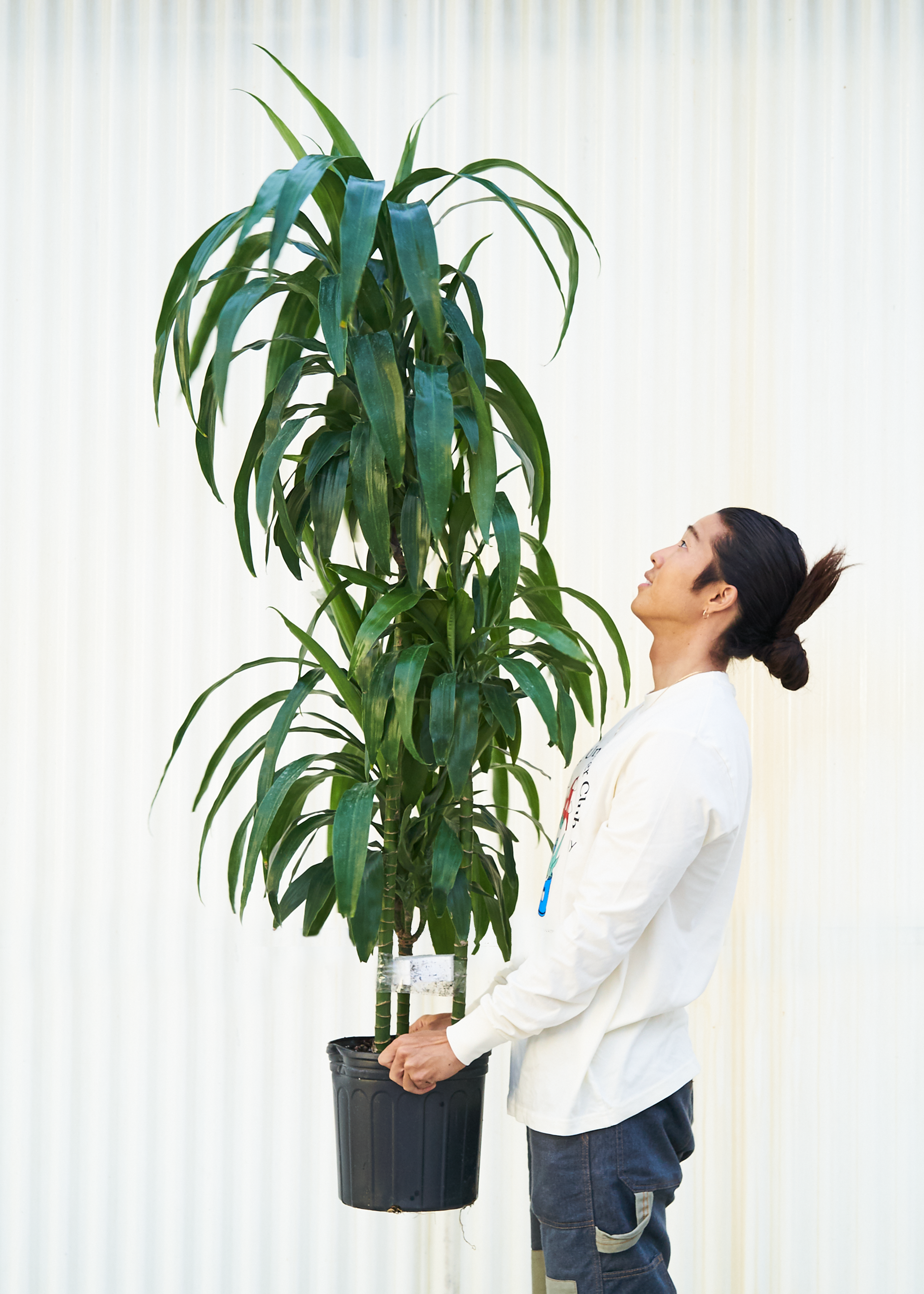Lipstick Plant Care Guide
About Lipstick Plant
The Lipstick Plant (Aeschynanthus radicans) is a tropical, evergreen vine admired for its glossy, green leaves and vibrant, tubular flowers that resemble a tube of red lipstick, hence its name. Native to the humid rainforests of Southeast Asia, this striking flowering plant thrives in warm, tropical environments and makes an excellent choice as a hanging or trailing houseplant. It typically grows up to 20 inches long indoors, with cascading vines that can extend even further in ideal conditions.
As a tropical species, the Aeschynanthus Lipstick plant prefers bright, filtered light and moderate humidity. It’s best suited for USDA hardiness zones 10-11 and can live for many years with the proper care. Known for being relatively easy to maintain, it’s an ideal choice for plant lovers of all experience levels. The Lipstick plant is also pet-friendly, making it a safe addition to homes with cars or dogs.
Lipstick Plant Benefits
- Produces vibrant, lipstick-shaped blooms that brighten indoor spaces year-round
- Acts as a natural air purifier, improving indoor air quality
- Compact and trailing growth make it perfect for hanging baskets and shelves
- Low-maintenance and suitable for beginners
- Safe for pets and non-toxic to humans
Lipstick Plant Care: Growing Tips
The Lipstick plant is moderately easy to care for, thriving best with some attention to its light, moisture, and temperature needs. With proper Lipstick plant care, you’ll be rewarded with lush foliage and abundant blooms.
Lipstick Plant: Light Requirements & Temperature
- Light: The Lipstick vine plant prefers bright, indirect light. Too little light can prevent flowering, while too much direct sunlight can scorch the leaves. A spot near an east- or north-facing window works well.
- Temperature: Maintain temperatures between 65°F and 80°F. Avoid cold drafts or sudden temperature drops, as this tropical plant is sensitive to cooler conditions below 60°F
Lipstick Plant: Watering & Humidity
- Watering: Keep the soil evenly moist but not soggy. Water thoroughly once the top inch of soil feels dry to the touch. Overwatering can lead to root rot, so ensure good drainage.
- Humidity: The Aeschynanthus radicans thrives in moderate to high humidity. Mist the leaves regularly or place the pot on a pebble tray with water to maintain ideal moisture levels, especially in winter.
Lipstick Plant: Soil, Fertilizer, and Repotting
- Soil: Use a well-draining potting mix, such as one formulated for tropical or epiphytic plants. A blend of peat, perlite, and orchid bark provides excellent aeration.
- Fertilizer: Feed your Lipstick plant monthly during spring and summer with a balanced, water-soluble fertilizer diluted to half-strength. Reduce feeding in the cooler months.
- Repotting: Repot every 2-3 years or when roots begin to outgrow the container. Choose a slightly larger pot with good drainage to encourage continued healthy growth.
Lipstick Plant: Propagation
Lipstick plant propagation is simple and effective through stem cuttings. Take 4-6-inch cuttings with at least two leaf nodes, remove the lower leaves, and lace the stems in water or a moist soil mix. Keep them in a warm, humid spot with bright, indirect light. Roots typically form within a few weeks, after which you can transplant them into individual pots.
Lipstick Plant: Problems and Pruning
Common problems include leaf drop, curling, or yellowing due to inconsistent watering or insufficient light. The Lipstick plant may also attract pests, such as aphids or spider mites, in dry conditions. Prune regularly to remove dead or damaged leaves and to maintain a full, bushy shape. After flowering, trimming spent blooms encourages new growth and reblooming.
Lipstick Plant: Companion Plants & Placement Options
This tropical beauty thrives when paired with other humidity-loving indoor plants. Its cascading vines, glossy foliage, and bright blooms make it a showstopper in hanging baskets or on high shelves.
Great to Place on
Display your Lipstick plant in a bright bathroom, sunroom, or living area where it can enjoy filtered light and humidity. Handing planters or tall stands helps show off this beauty’s trailing growth and colorful blooms.
Lipstick Plant Grows Well With
- Reverse Spider Plant: The Reverse Spider Plant is a hardy, air-purifying companion that enjoys similar light and moisture levels.
- Pink Wandering Jew: The Pink Wandering Jew adds a splash of pink and purple tones, complementing the Lipstick plant's red blooms.
- Variegated Peace Lily: The Variegated Peace Lily brings texture and soft contrast wth its creamy white and green foliage.
Get a Lipstick Plant From Hey Rooted Now!







4"-7" height


6"-18" height


10" to 24" height


1.5-3' height


2-3.5' height

